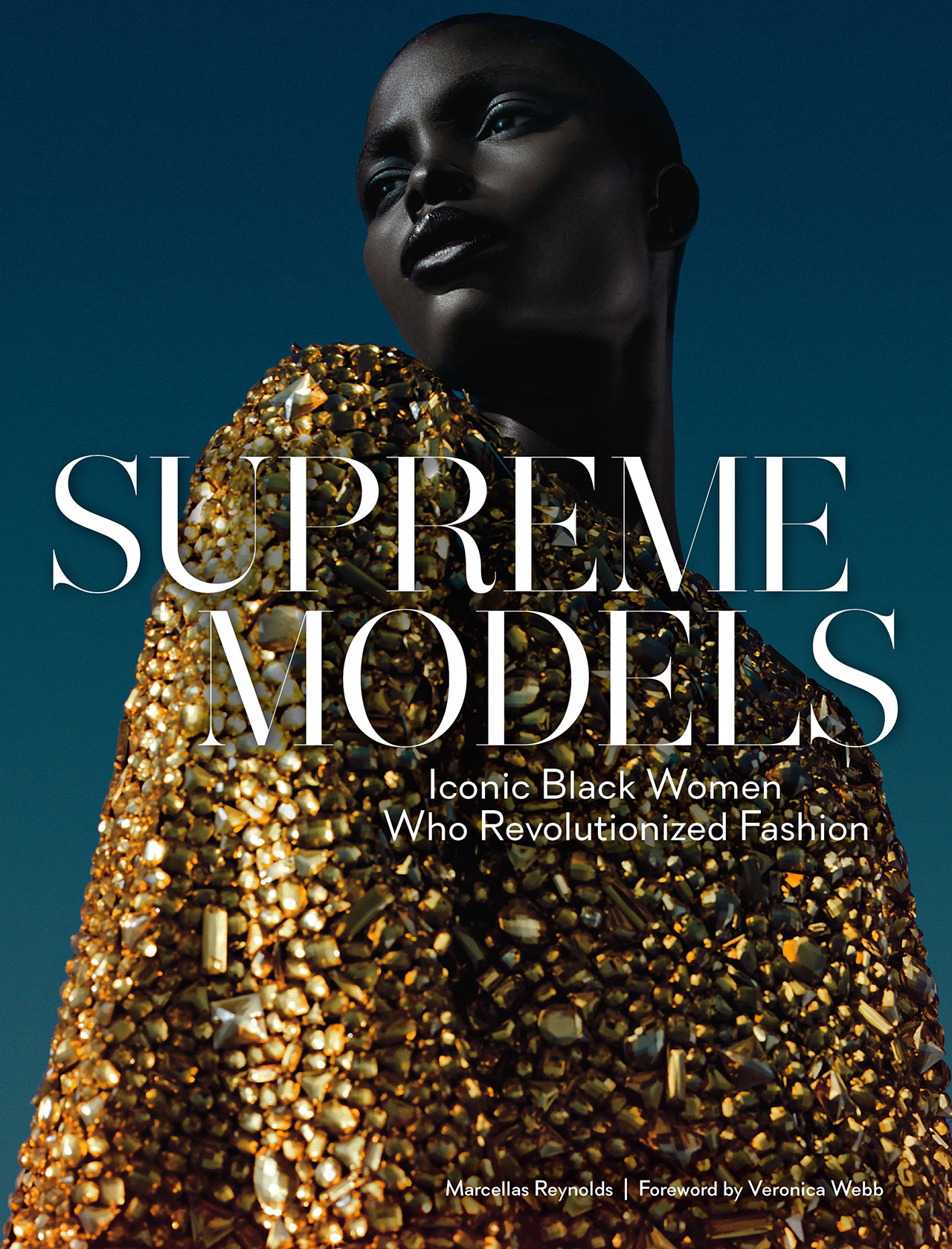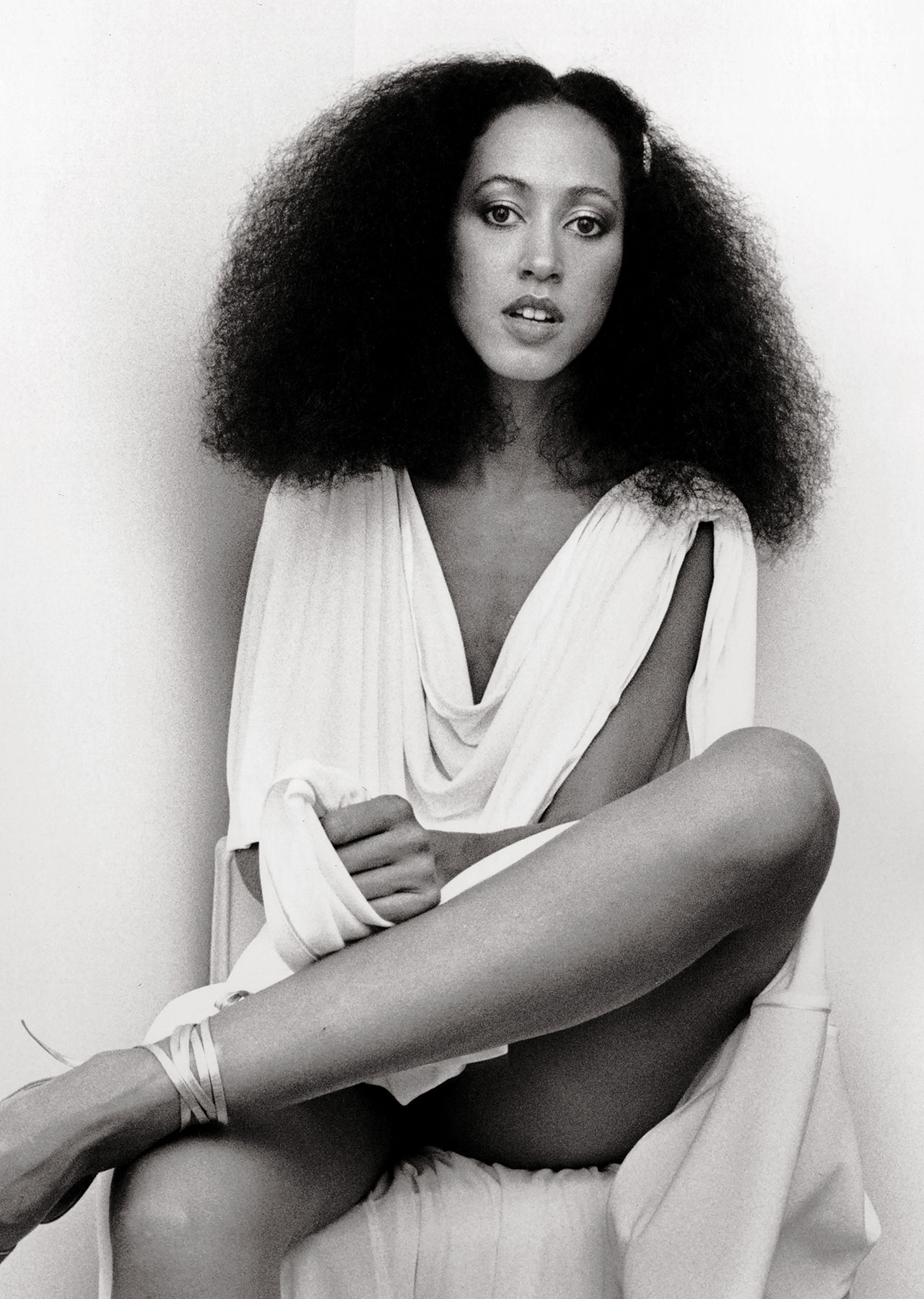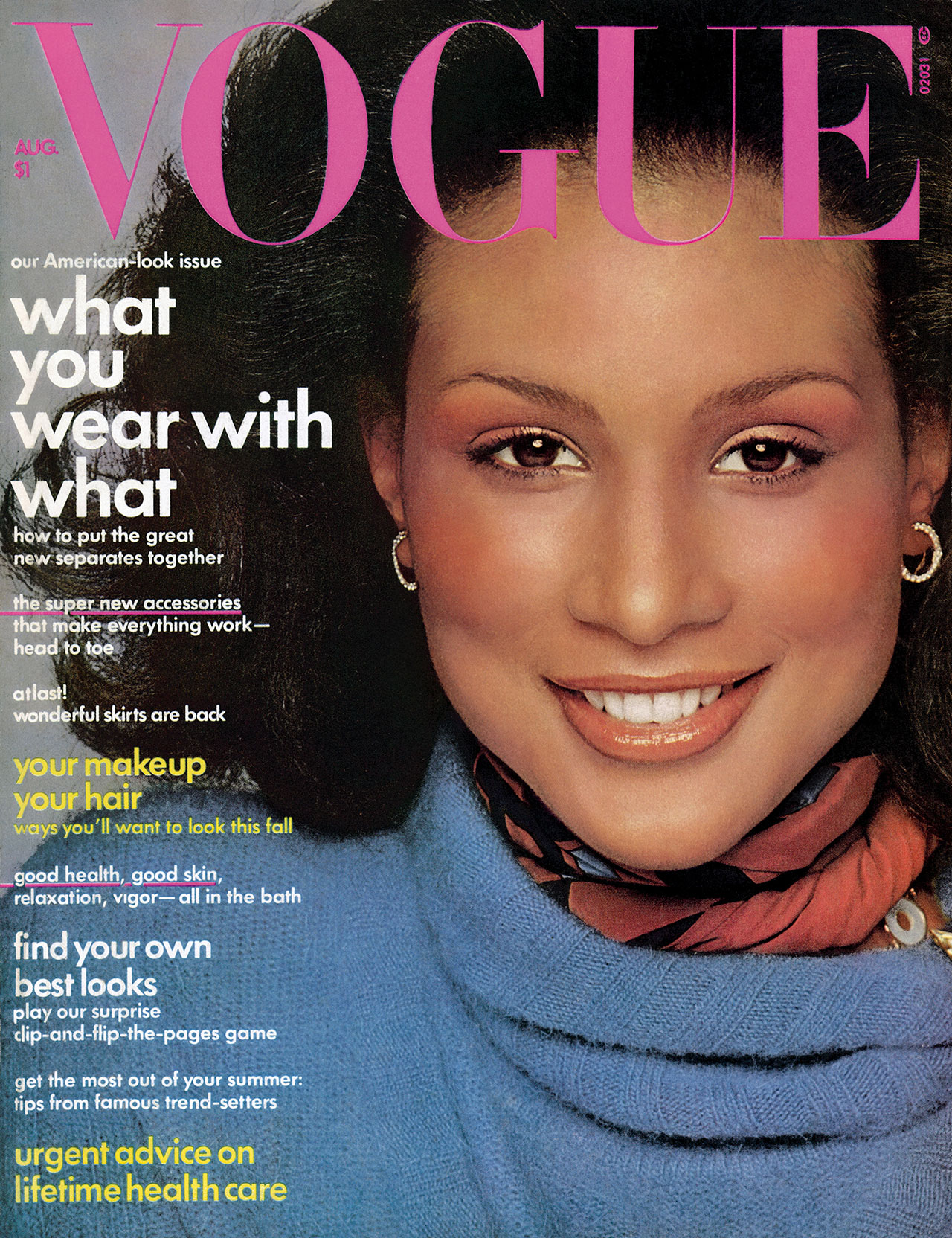It’s almost hard to fathom that before 2019, there weren’t many books dedicated to celebrating black model trailblazers and current stars. Author, executive producer, and stylist Marcellas Reynolds noticed this gap in the publishing industry in 2011 and, because of his own past modeling experiences, saw the need to write about this vital part of fashion’s history. Reynolds took on the weighted task with his book, Supreme Models: Iconic Black Women Who Revolutionized Fashion, published in 2019 and fast forward a few years later, has taken his focus further with the newly launched Supreme Models docuseries in partnership with YouTube. The six-part streamed series continues the conversation of commemorating past black models and the rise of the new generation of black models executive produced by R. J. Cutler (who directed The September Issue) and co-directed by Rolake Bamgbose, Donny Jackson, and Douglas Keeve. Industry leaders Edward Enninful, Anna Wintour, designers Olivier Rousteing, Sergio Hudson, Zac Posen, top models Iman, Bethann Hardison, Pat Cleveland, Veronica Webb, Joan Smalls, Cindy Bruna Precious Lee, Paloma Elsesser, Duckie Thot, and actresses Zendaya, and Indya Moore all “share personal stories of breaking boundaries and setting new standards in beauty and fashion.” In an exclusive preview, Reynolds celebrates black women’s impact on the industry with legendary campaigns, covers, and editorials of iconic models like Donyale Luna, Naomi Sims, and Iman Abdulmajid, who paved the way for the new generation of black models and shifted the industry beauty standards. Models.com spoke to Reynolds about how he got his start in the industry, the evolution of diversity in fashion, and his inspiration for the Supreme Models book and docuseries.
What inspired you to write Supreme Models, and what piqued your focus on the history of the modeling industry?
From a very young age, I was fascinated by fashion, beautiful women, and the transformative power of style. I grew up reading Ebony, Essence, and the odd issue of Glamour, Mademoiselle, and Vogue—magazines that transported me to other worlds. As a little gay Black boy, fashion and models saved my life. They were the source of dreams, inspiration, and hope. My first book, Supreme Models, is a love letter to Black women, fashion, and models.
You started in fashion as a model and became a stylist. Did your experiences affect your need to write this book? Have you always been a fashion historian, or did you research while writing the book?
While modeling, I learned that success in fashion is harder for Black talent than any other. My friends and I had so many good and bad experiences as models that I felt needed to be shared. I’ve always had a love of history and a thirst for Black success stories. My books, and now the documentary, are an offshoot of that passion for storytelling and truth.
How would you say diversity has evolved since the book was published in 2019?
What a difference three years make! 2020 with the pandemic and the Black Lives Matter protests, was a reckoning where Black people began to tell their stories, and the world started to listen. We’re now closer to true diversity in fashion than ever before. It’s not just about race. It’s about age, sexuality, and size!
What led you to create the Supreme Models docuseries premiering on YouTube, and what was the production process?
In 2011 when the inspiration for Supreme Models, the book, struck, I knew the documentary adaptation would be riveting. And it is. My literary agent pitched the book to CAA, who loved it, and signed me. Through CAA, I met with numerous production companies and picked This Machine because their CV was flawless. They produced The September Issue, Dear…, and Billie Eilish: The World’s a Little Blurry. They brought in supermodel Iman as an executive producer, and during the pandemic, we pitched Supreme Models, the documentary. YouTube Originals loved the idea, and the rest is history. YouTube has been a beautiful partner in this journey.
In the 1960s, Ebony Fashion Fair was one of the only shows to cast Black models on the runway. Now, it’s become the norm for runway shows to be diverse and top publications like Vogue to cast Black models on their covers and editorials consistently. When did you start seeing the shift regarding publications and brands diversifying their cast?
From the late 1990s until 2015-ish, the “White Out,” Black models disappeared from the runway. That affected covers, editorials, and advertising campaigns. A few models broke through, like Alek Wek, Kiara Kabukuru, and Liya Kebede, but the norm became no Black models in shows, on covers, in ads, or editorials. When Bethann Hardison, Iman, and Naomi Campbell created The Diversity Coalition and went public, calling fashion designers out, that began to change. So you see, it’s recent history, as recent as 2016, that we began to see Black models working again and taking center stage.
“We must keep searching for gorgeous models of every race and be open to diversity and inclusion, not just the European beauty ideal.”
The first episode of Supreme Models touched on colorism and the privileges/disadvantages that come with it as a model. How can the industry tackle this issue without being labeled as performative?
We’re seeing this change now, and the difference is beautiful. Never before have there been so many gorgeous dark-skinned models working at this level. Adut Akech, Adit Priscilla, Anok Yai, Maty Fall, and my favorite Duckie Thot! These models are killing it, and it’s not a trend. They are each stunning and world-class models who slay the runway and produce incredible editorials. They are in the business for the long haul and redefining the global standards of beauty. We must keep searching for gorgeous models of every race and be open to diversity and inclusion, not just the European beauty ideal.
What are your favorite covers featuring Black models, and why?
Donyale Luna’s legendary 1966 British Vogue cover — Donyale is the first Black woman to appear on the cover of any Vogue. She did it eight years before Beverly Johnson got her American Vogue cover.
Naomi Sims’ 1969 LIFE magazine cover — Naomi was the first top Black model. She stepped through the door Donyale opened and changed the game. She’s also the first successful print model to become a runway superstar.
Tyra Banks 1997 solo Sports Illustrated cover — This cover announced the arrival of the Black woman as a supermodel and sex symbol. Tyra, much like Cindy Crawford, changed the business of fashion.
Naomi Campbell, Jourdan Dunn, Liya Kebede, and Sessilee Lopez’s July 2008 Vogue Italia covers — When Black models weren’t getting covers or appearing on the runway, Franca Sozzani, Edward Enninful, and Steven Meisel came together and showed fashion and the world that Black women could beautifully sell magazines.
Describe Supreme Models, the docuseries, in three words.
Beautiful. Impactful. Sublime.

Naomi Sims | Image courtesy of Marcellas Reynolds






